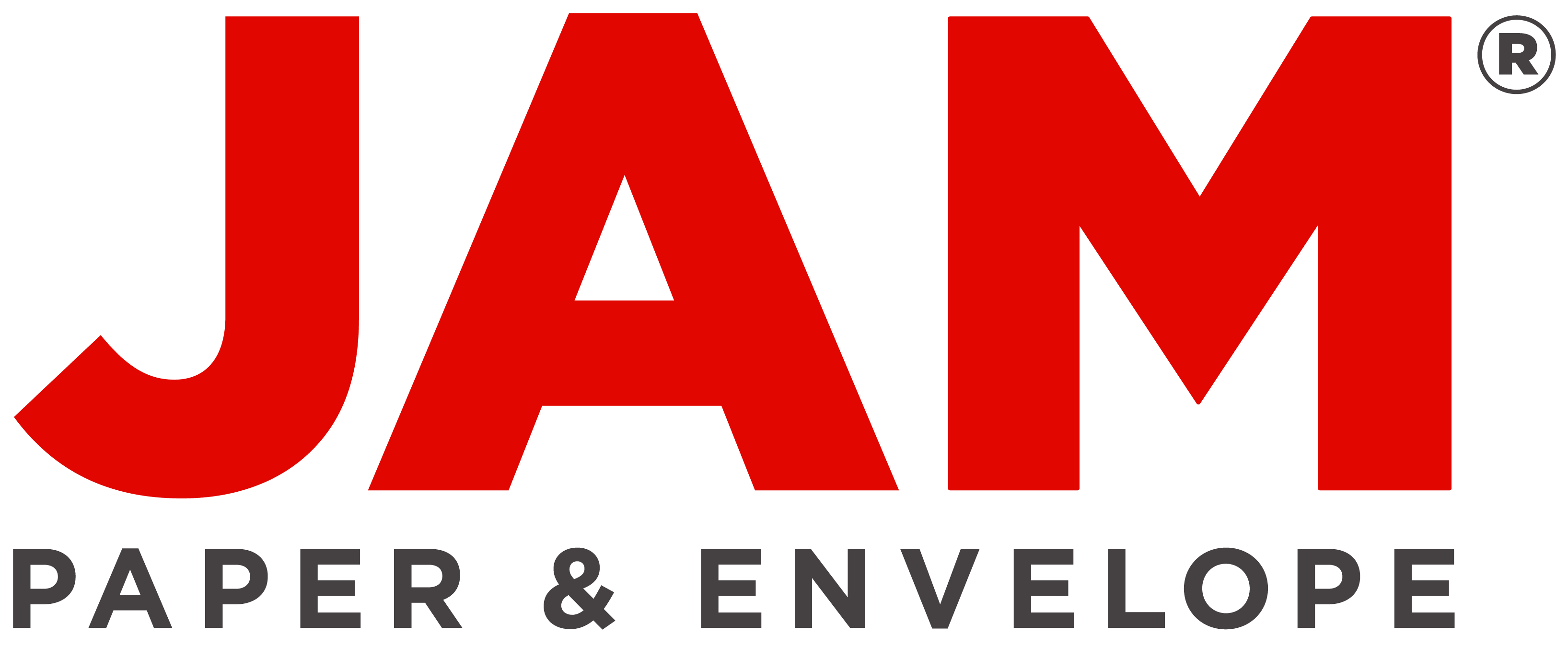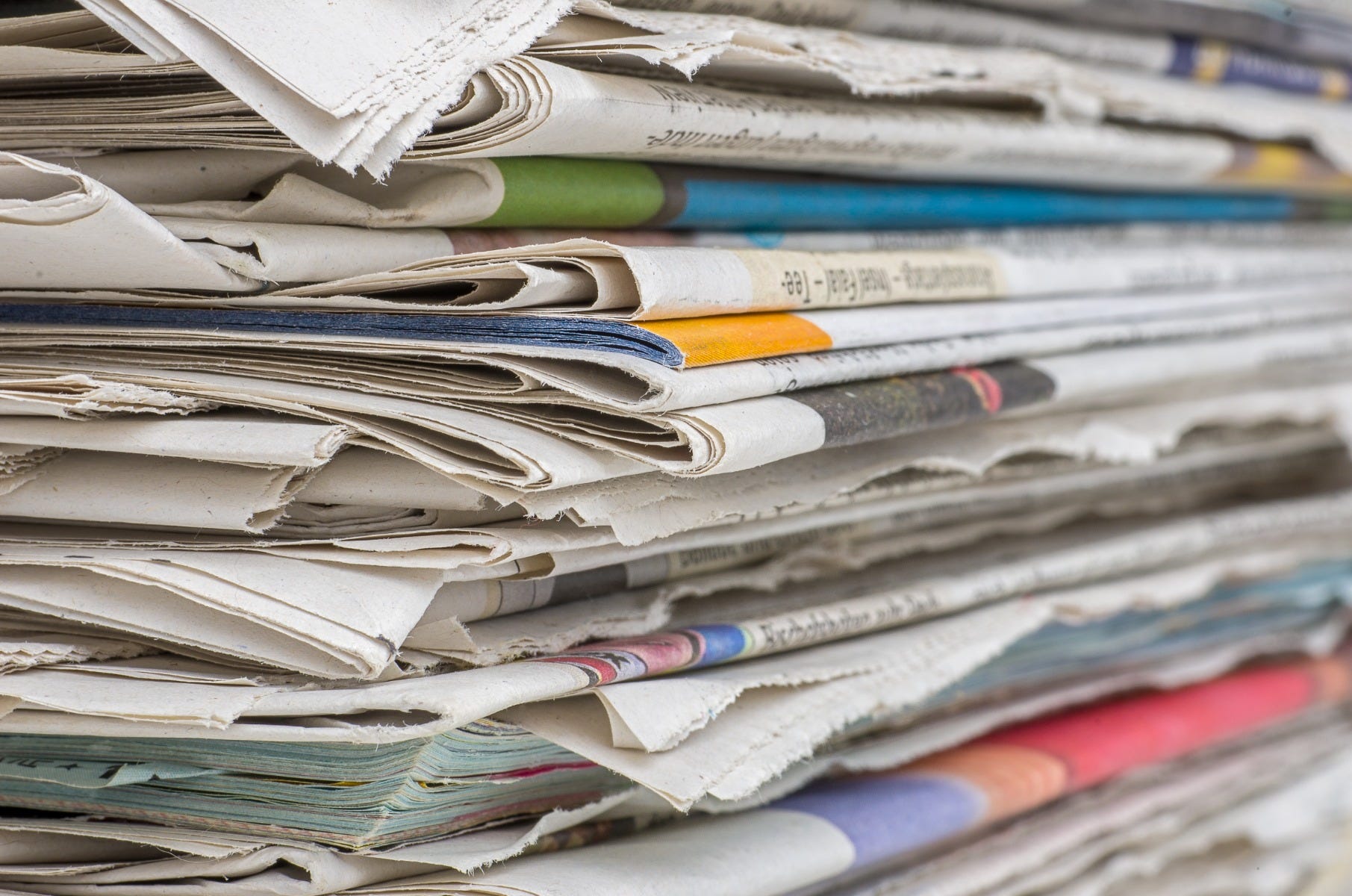How is Paper Recycled?
- By Andrew Jacobs
- Dec 30, 2013
How is Paper Recycled?
For most of my life, every other Wednesday night my mom would tell me, "Nicholas, don't forget to bring the paper and cardboard out to the curb." I'd complain and begrudgingly mope over to the garage where I would take a look at what I'd be working with this time around. Number one thing I would see, newspapers, all neatly stored within paper bags from Shop Rite or Stop 'N Shop. Lots and lots of heavy newspaper filled paper bags. According to the EPA (Environmental Protection Agency), about 73 percent of newspapers are recycled each year. To successfully recycle it's important that your paper is clean, meaning no contaminants such as, food, metal and of course plastic. Yup, no plastic! Which means those heavy bags filled with newspapers were not sitting snugly in a plastic bag with handles. I can still remember attempting to pick up seven bags of newspaper at once without handles, because lets be real, it's easier to make one trip with more than you can physically carry, rather than just making multiple trips. Bags would fall, tear, rip and ultimately I'd end up with a large portion of the NY Times and Bergen Record scattered across the driveway. This is so stupid! I'd rather be inside playing video games.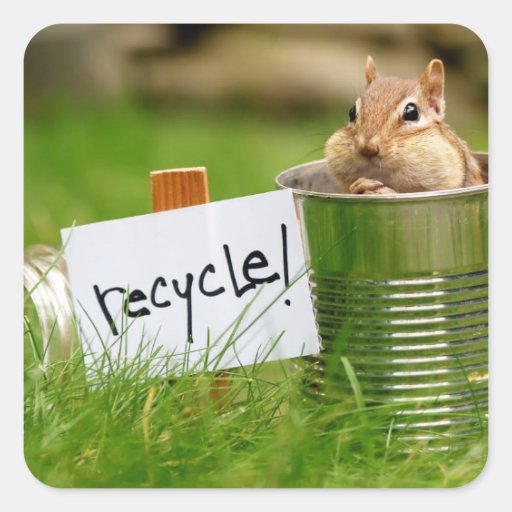 Believe it or not, recycling isn't stupid and it doesn't require that much effort to make a difference (well maybe it does if your a stubborn teenager). Of course, recycling has quite a few environmental benefits that make carrying that paper to the curb worth it. Recycling conserves natural resources, saves energy, limits pollution and even helps to support local economy.
Believe it or not, recycling isn't stupid and it doesn't require that much effort to make a difference (well maybe it does if your a stubborn teenager). Of course, recycling has quite a few environmental benefits that make carrying that paper to the curb worth it. Recycling conserves natural resources, saves energy, limits pollution and even helps to support local economy.
So how is paper recycled?
Now that you've finally lugged all that paper and cardboard out to the curb what happens? First your paper is picked up and taken to a paper mill, where it is separated and stored. Depending on paper grade, different types of paper are kept separately. There they wait until their time comes.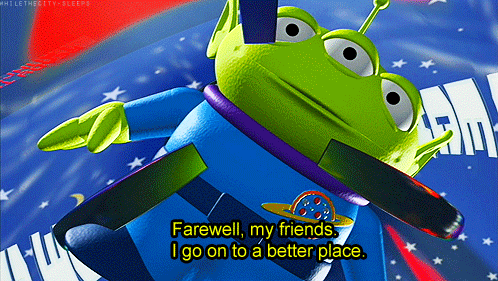
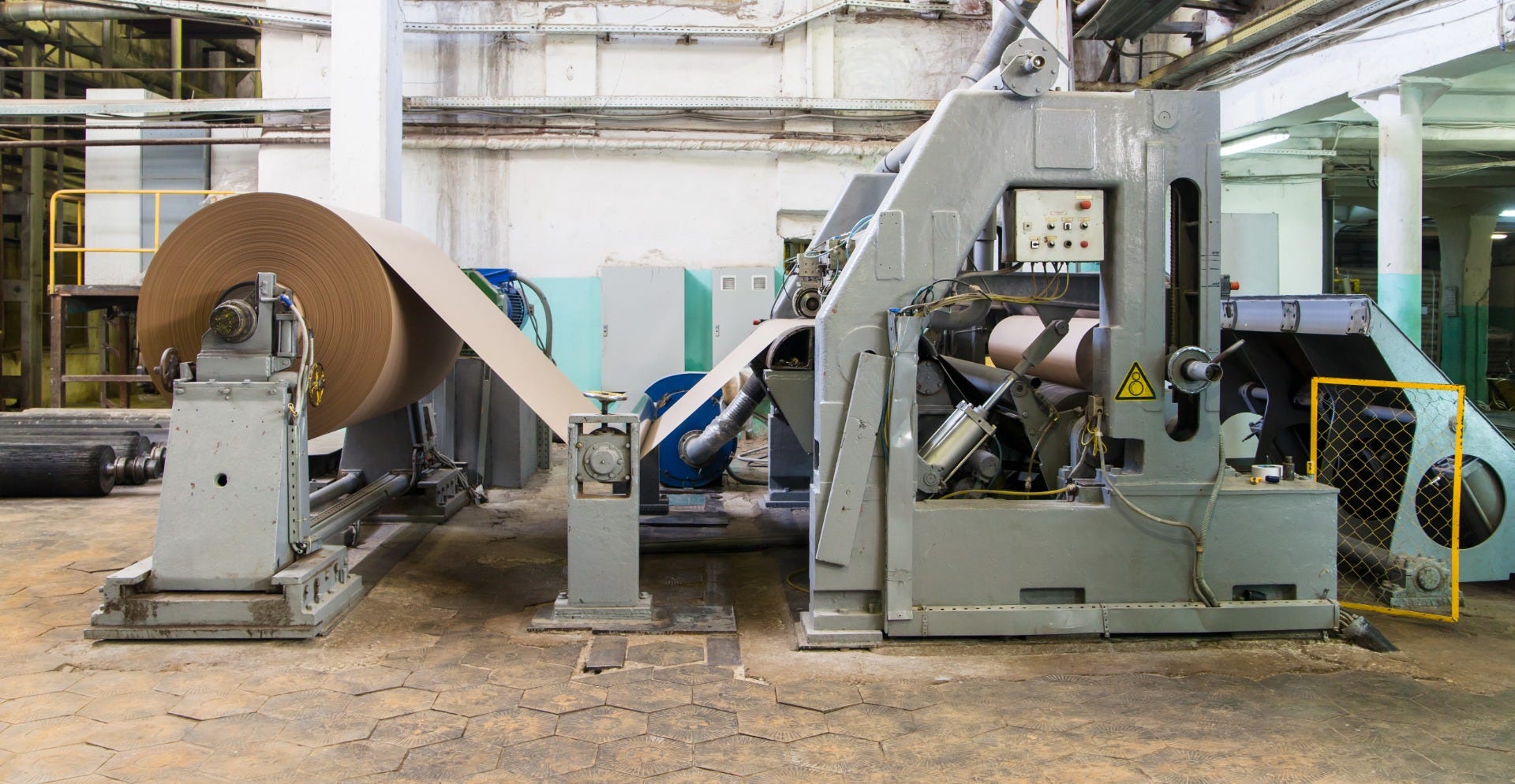
At JAM Paper we have hundreds of different recycled products which have, at one point or another, all been through this very process. From envelopes to colored paper, folders and more. When you look at all that goes into the paper recycling process, that 1 minute trip to the curb and back seems a lot less daunting.
Recycle Process facts learned from Tappi.orgUnderstanding the Paper Recycling Process
Have you ever wondered how paper is recycled? The process of paper recycling begins with collection, where used paper is gathered from various sources such as offices, schools, and households. The collected paper is then sorted and cleaned to remove any contaminants such as staples, tape, or plastic. Once the paper is sorted and cleaned, it is pulped and mixed with water to create a slurry. This slurry is then spread out and dried to form new sheets of paper. The benefits of paper recycling are numerous, including reducing the need for raw materials, saving energy, and minimizing waste. Additionally, recycling paper helps to conserve natural resources and reduce pollution. By understanding the paper recycling process, we can all play a part in preserving the environment for future generations.
Benefits of Paper Recycling
Paper recycling offers numerous benefits for both the environment and the economy. By recycling paper, we can reduce the demand for virgin wood pulp, which helps to conserve forests and natural habitats. Additionally, recycling paper saves energy and water, as it requires less energy and water to produce recycled paper compared to paper made from virgin materials. Furthermore, recycling paper helps to reduce greenhouse gas emissions and air pollution, contributing to a healthier planet. From an economic standpoint, paper recycling creates jobs and stimulates the economy, making it a win-win for both the environment and society.
Use Cases for Recycled Paper
Recycled paper has a wide range of use cases across various industries. It can be used to produce packaging materials, such as cardboard boxes and paper bags, as well as office supplies like notebooks, envelopes, and printer paper. In the publishing industry, recycled paper is used to produce books, magazines, and newspapers. Additionally, recycled paper is utilized in the production of tissue paper, paper towels, and other household paper products. By incorporating recycled paper into these use cases, businesses can reduce their environmental impact and contribute to a more sustainable future.
Alternatives to Paper Recycling
While paper recycling is an effective way to reduce waste and conserve resources, there are alternative approaches to consider. One alternative is to reduce paper consumption by embracing digital solutions such as e-books, e-statements, and electronic communication. Another option is to reuse paper by printing on both sides, using scrap paper for notes, and repurposing packaging materials. Additionally, exploring alternative materials such as bamboo, hemp, or agricultural residues for paper production can offer sustainable alternatives to traditional wood-based paper. By considering these alternatives, we can further minimize the environmental impact of paper consumption.
Tips for Using Recycled Paper
When using recycled paper, there are several tips to keep in mind to maximize its environmental benefits. First, look for products with high post-consumer recycled content, as these have undergone the most extensive recycling process. Additionally, consider using paper products that are certified by reputable organizations such as the Forest Stewardship Council (FSC) or the Sustainable Forestry Initiative (SFI) to ensure responsible sourcing and production. Furthermore, encourage proper recycling practices by disposing of used paper in designated recycling bins and supporting initiatives that promote paper recycling in your community. By following these tips, you can make a positive impact on the environment through the use of recycled paper.
The Future of Paper Recycling
As we look to the future, advancements in technology and innovation continue to drive the paper recycling industry forward. From improved sorting and processing techniques to the development of new paper products with enhanced sustainability, the future of paper recycling holds great promise. Additionally, increased awareness and education about the importance of paper recycling are inspiring individuals and businesses to embrace more sustainable practices. By staying informed and actively participating in paper recycling efforts, we can collectively contribute to a greener and more sustainable future for generations to come.
